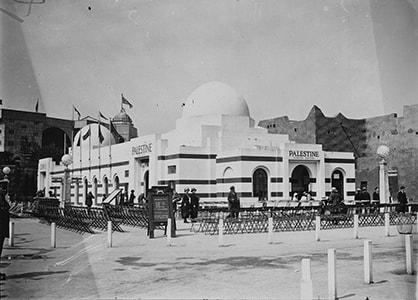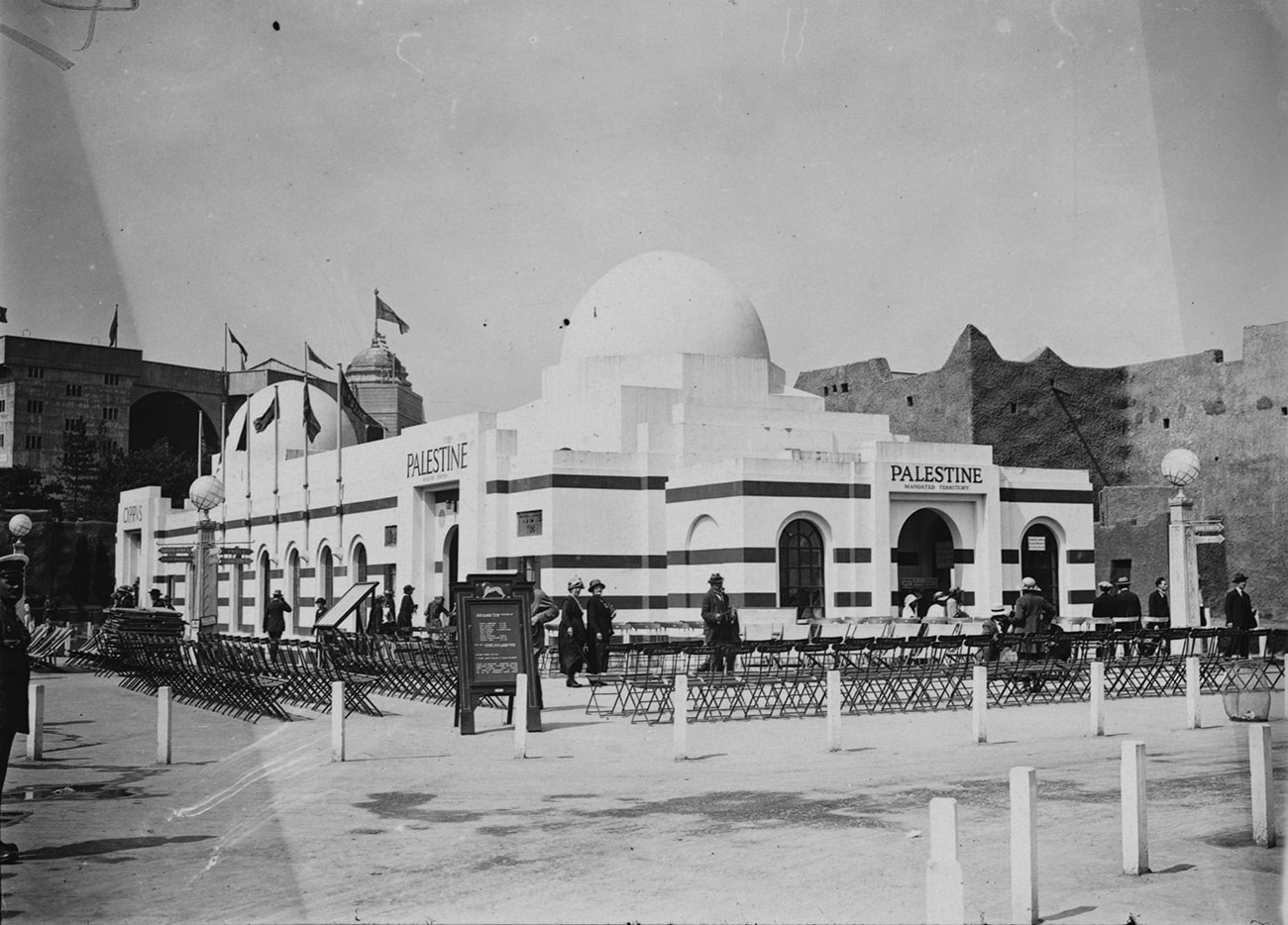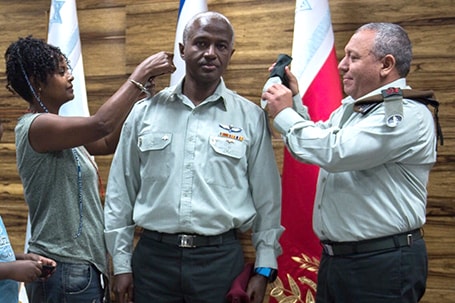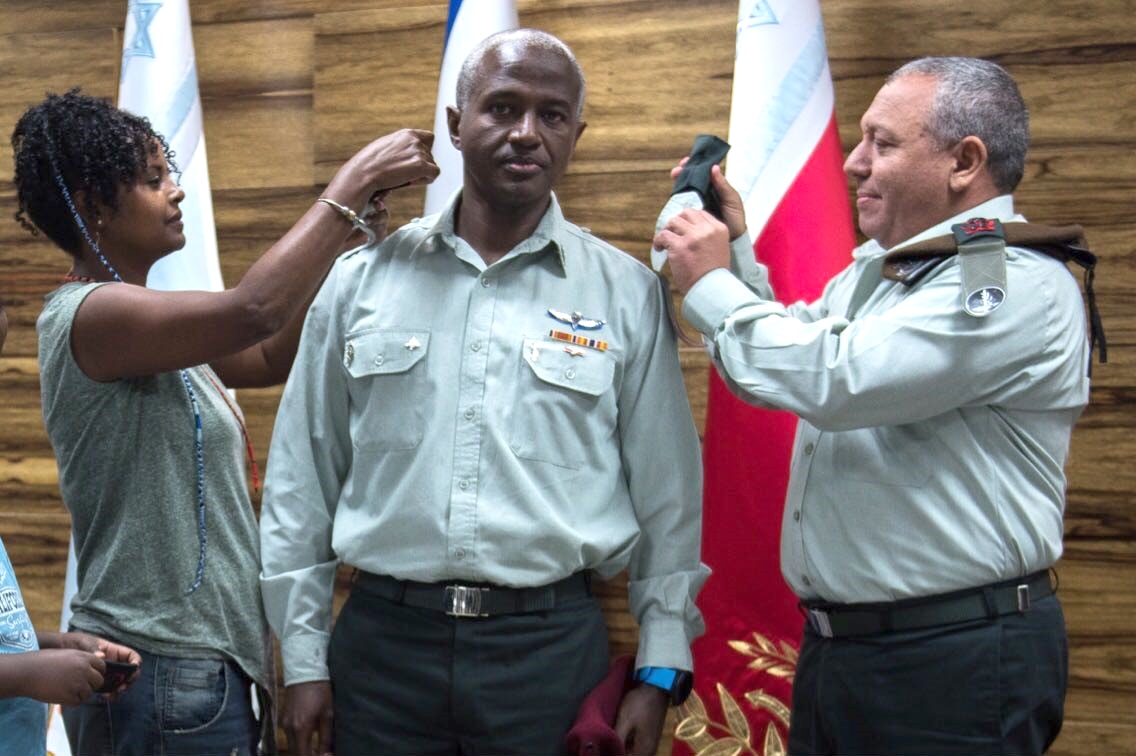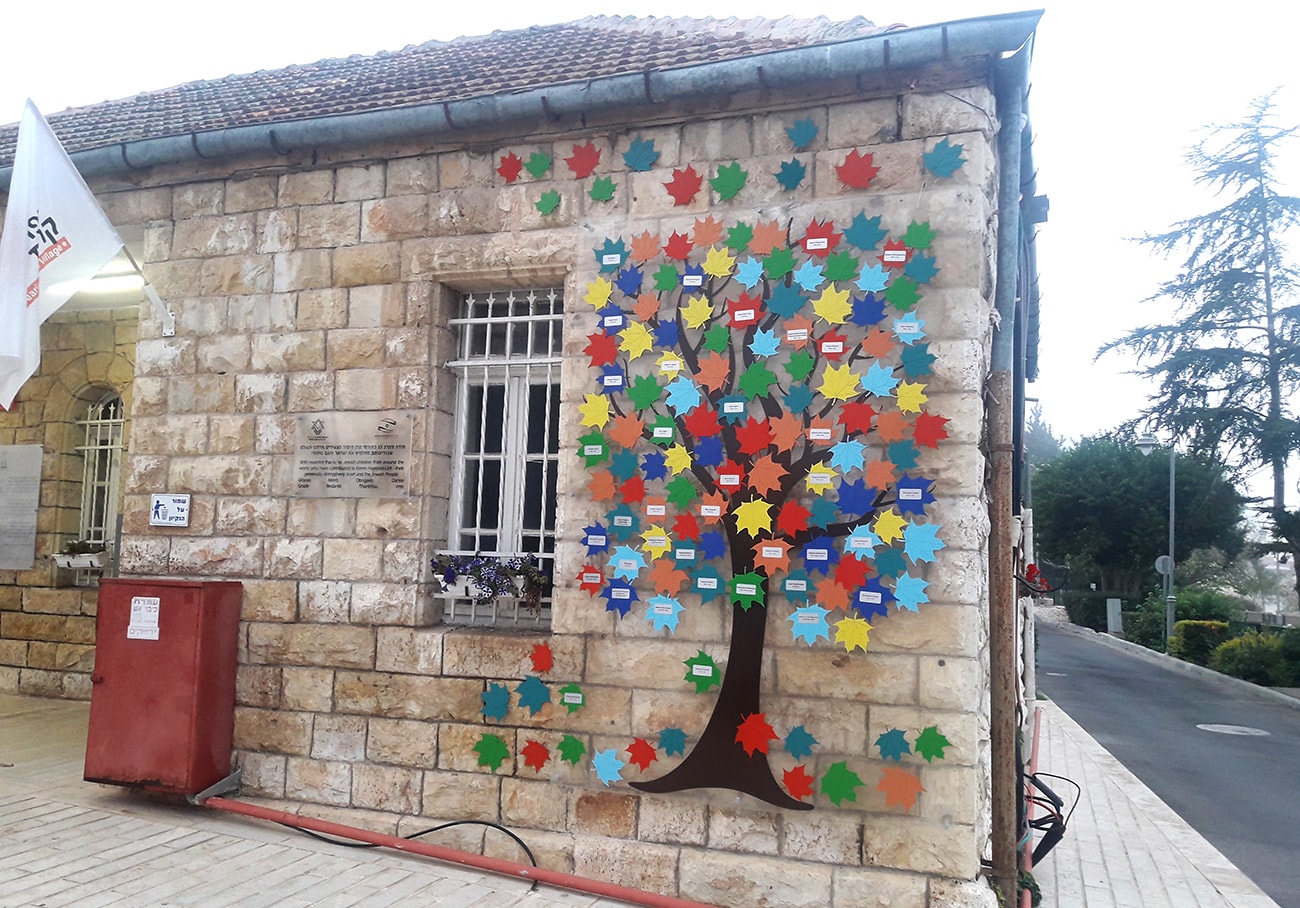
In 1921, right after it was established, Keren Hayesod launched a worldwide effort to encourage Jews to feel closer to Eretz Israel, to contribute to the best of their ability in their own way. Surprising, moving and heartwarming examples came from around the globe, in completely unexpected ways. In Vienna, students announced that they would fast one day
a week and donate their daily food money to Keren Hayesod. In 1923, Keren Hayesod made special efforts to reach small, remote villages in far off places. Leib Yaffe, a senior Keren Hayesod emissary in the 1920s and later director of the organization, was amazed by the heartwarming contributions from locals in South America. Most of them were very poor and unable to donate money, but they found unexpected ways to contribute to the Keren Hayesod efforts. We find donations of 50 chickens, sacks of flax and grain. Other families chose to sell jewelry or precious objects, and at a party in a small village, the residents even replicated a photograph of Leib Yaffe and sold it to the guests. In 1936, the small Jewish community of Chile collected 20 tons of fine coffee, which was sold for $5,000 to benefit Keren Hayesod. In the Land of Israel, donors also found original ways to contribute their share, whether in the form of workdays donated to Keren Hayesod, kilograms of barley, parcels of land or the like. This continued even after the establishment of the state. After the Six Day War, there were surprising reports of orphanages where the children decided to donate their weekly pocket money for the cinema, and of teachers donating their monthly salaries. And even today, as part of the bar/bat mitzvah project, Jewish children around the world contribute a portion of the gifts they receive to Keren Hayesod. Throughout its years of activity, Keren Hayesod has continued to encourage Diaspora Jewry to contribute in their own way to the Zionist enterprise in Eretz Israel, and values every contribution, large or small!
Photo: Recognition tree at the Kiryat Yearim Youth Village, acknowledging the donations of Jewish children around the world who contributed part of their bar or bat mitzvah gifts
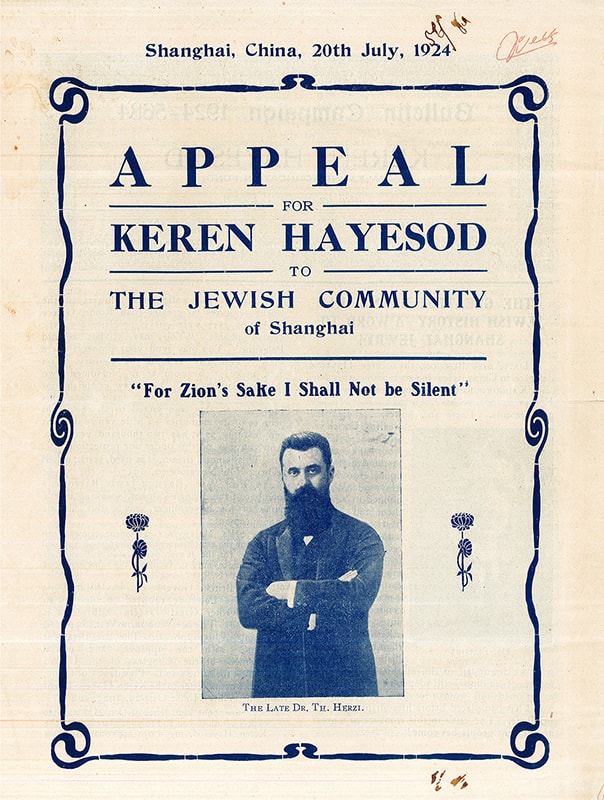

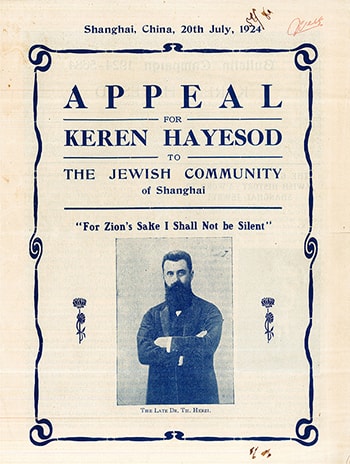
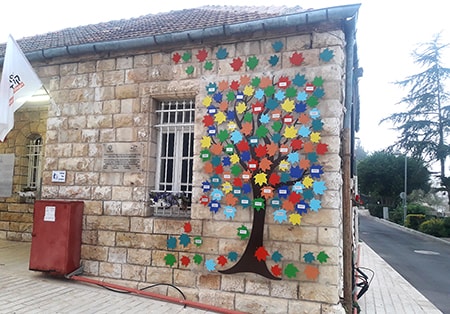

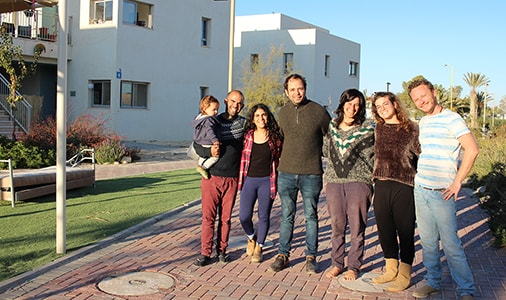
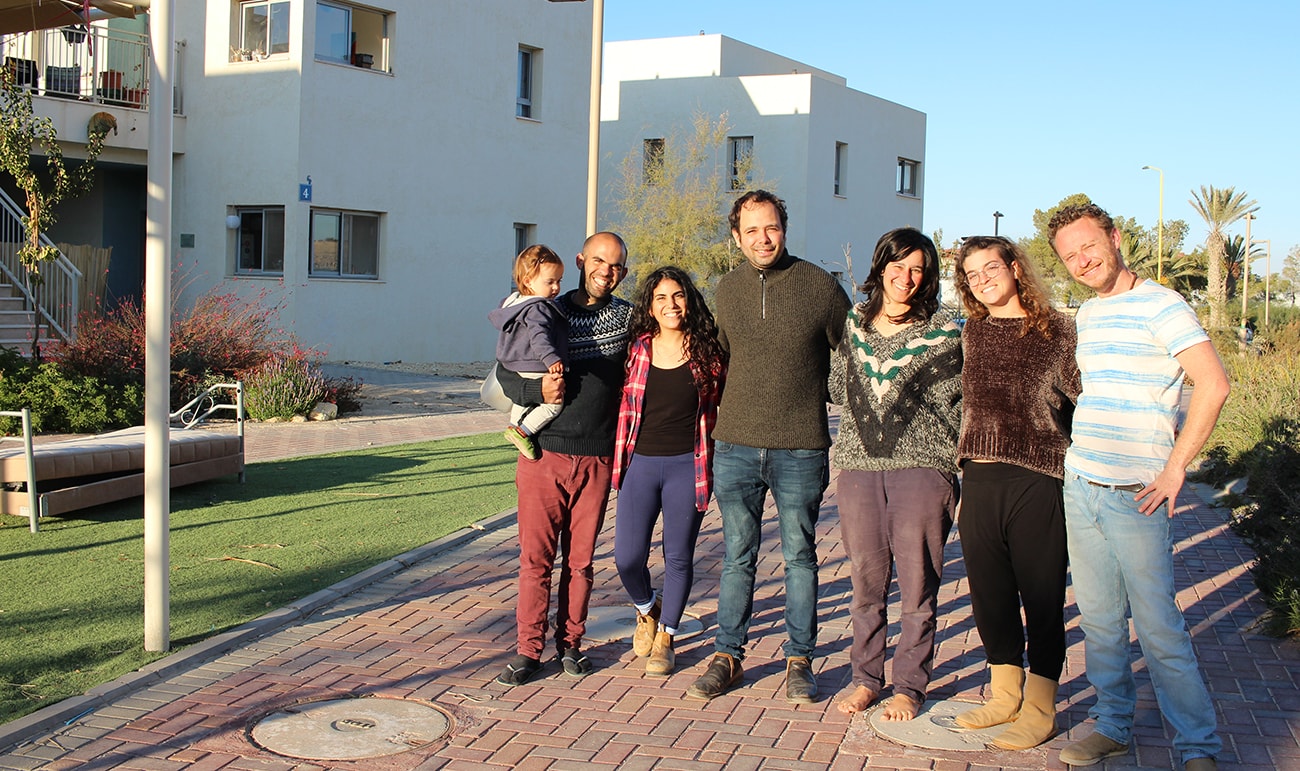
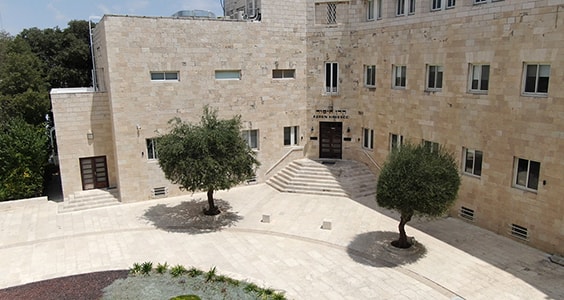
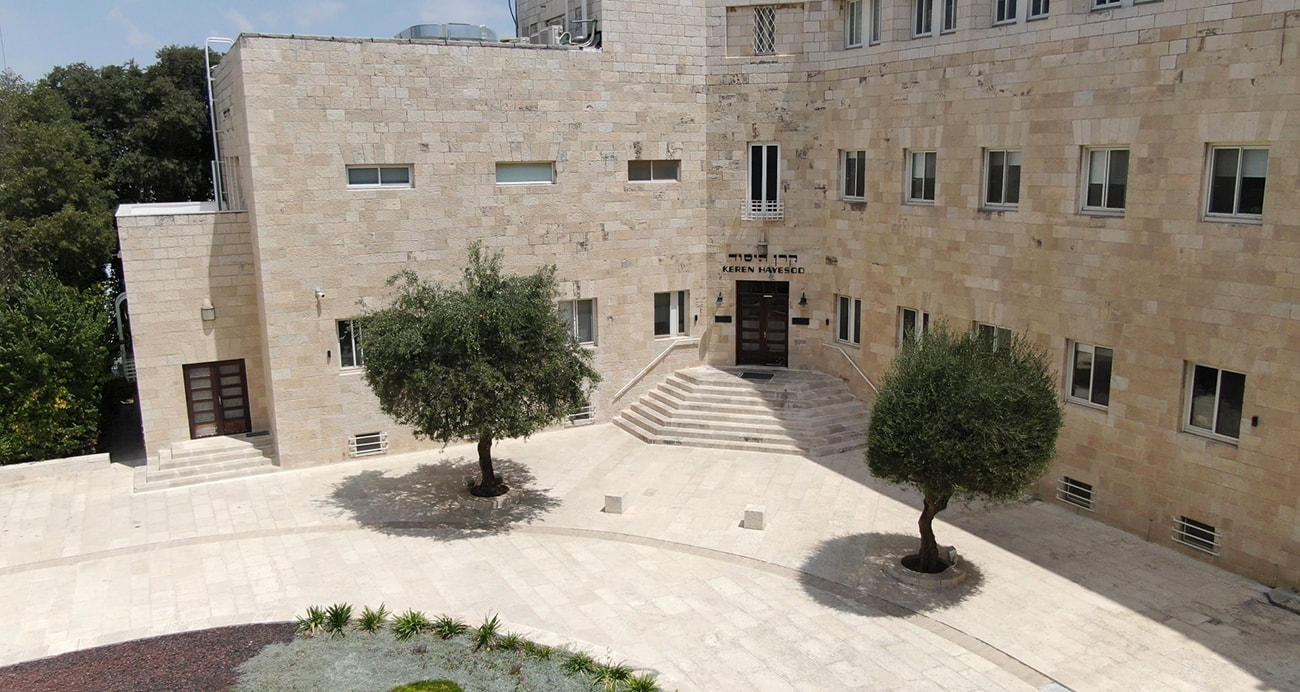
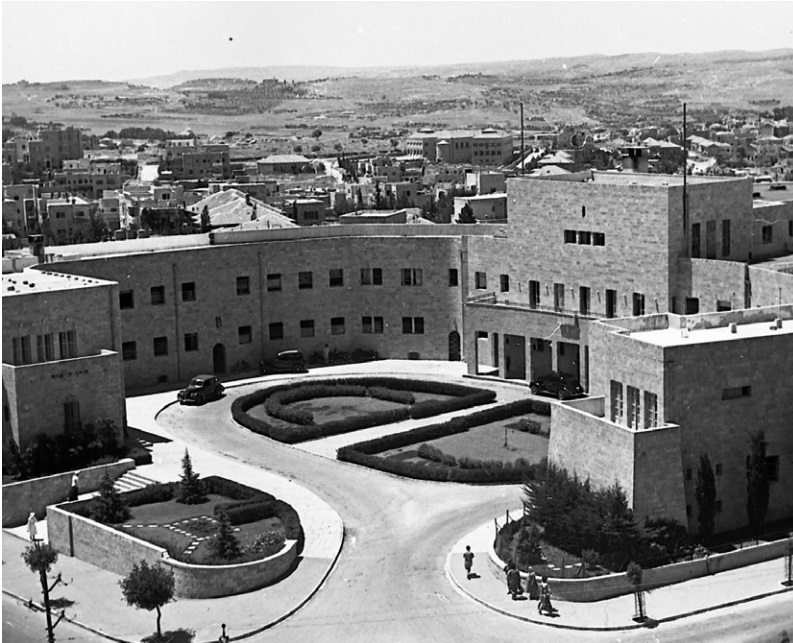
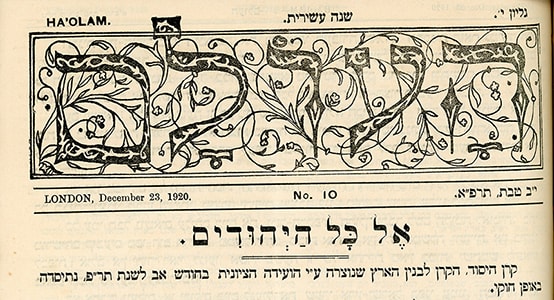
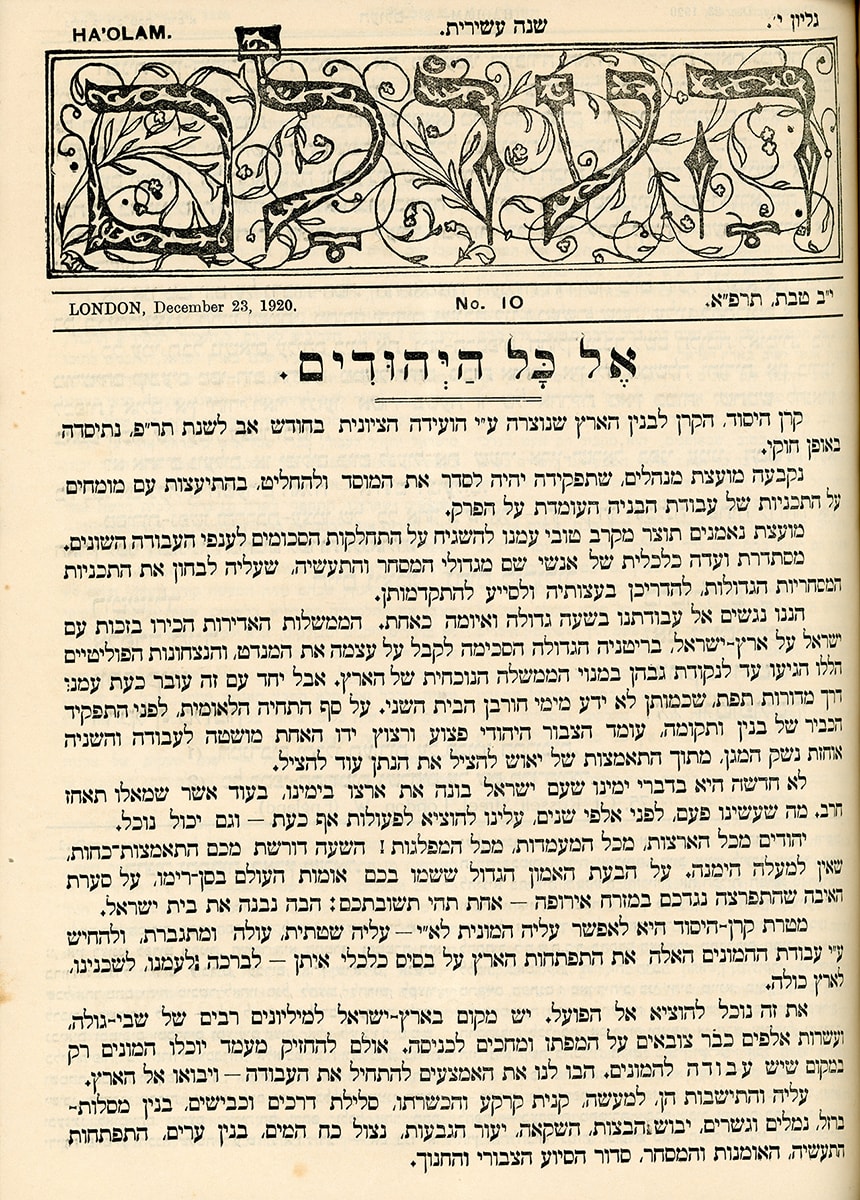
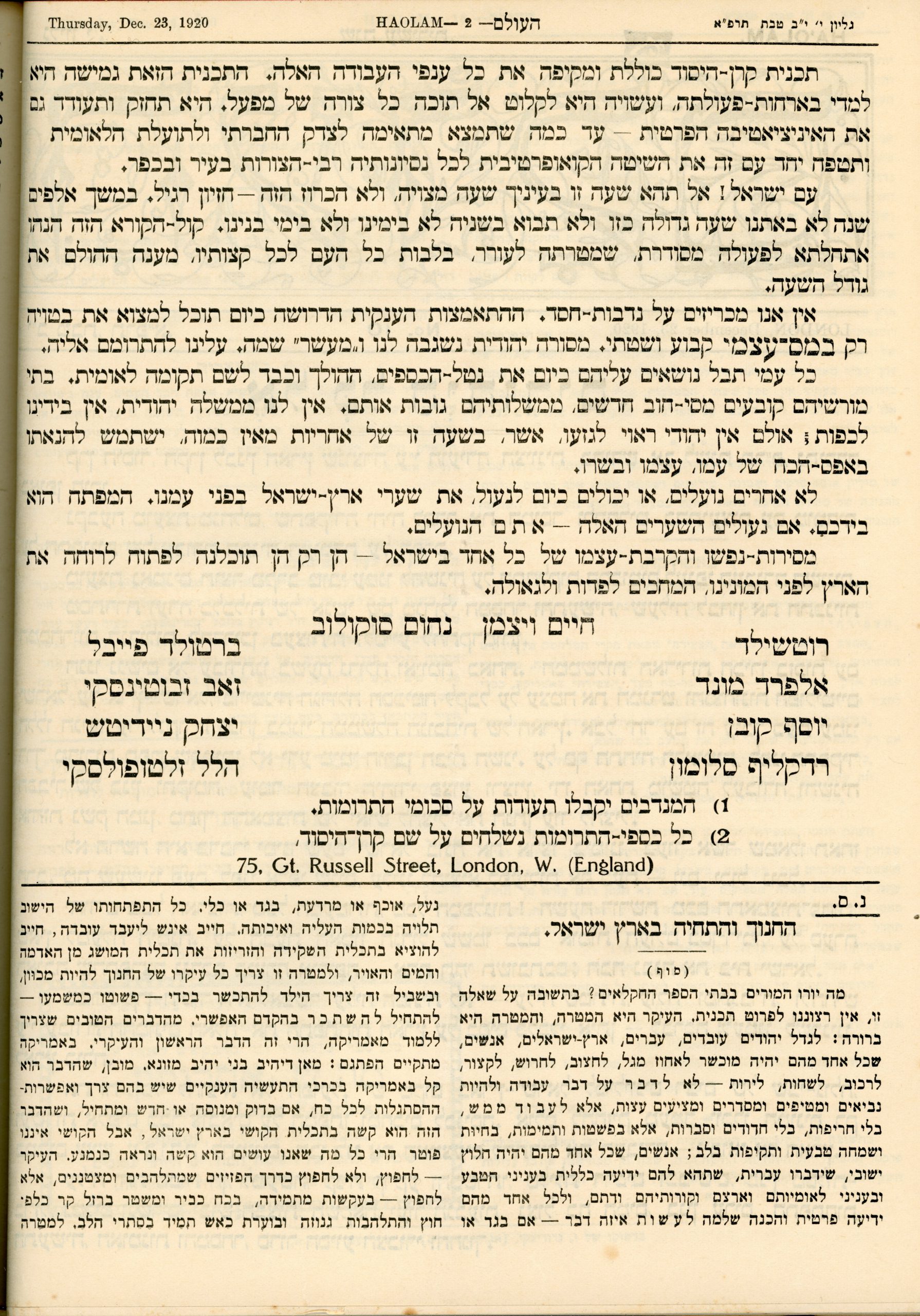
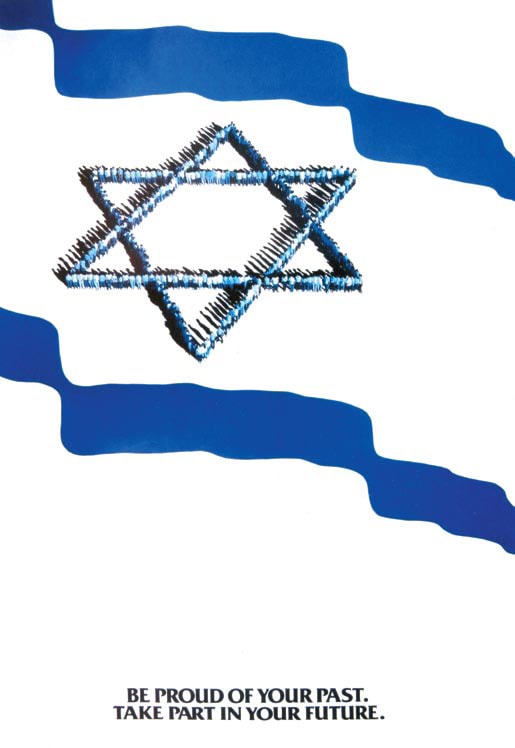
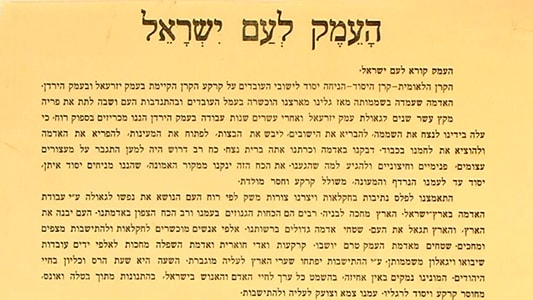
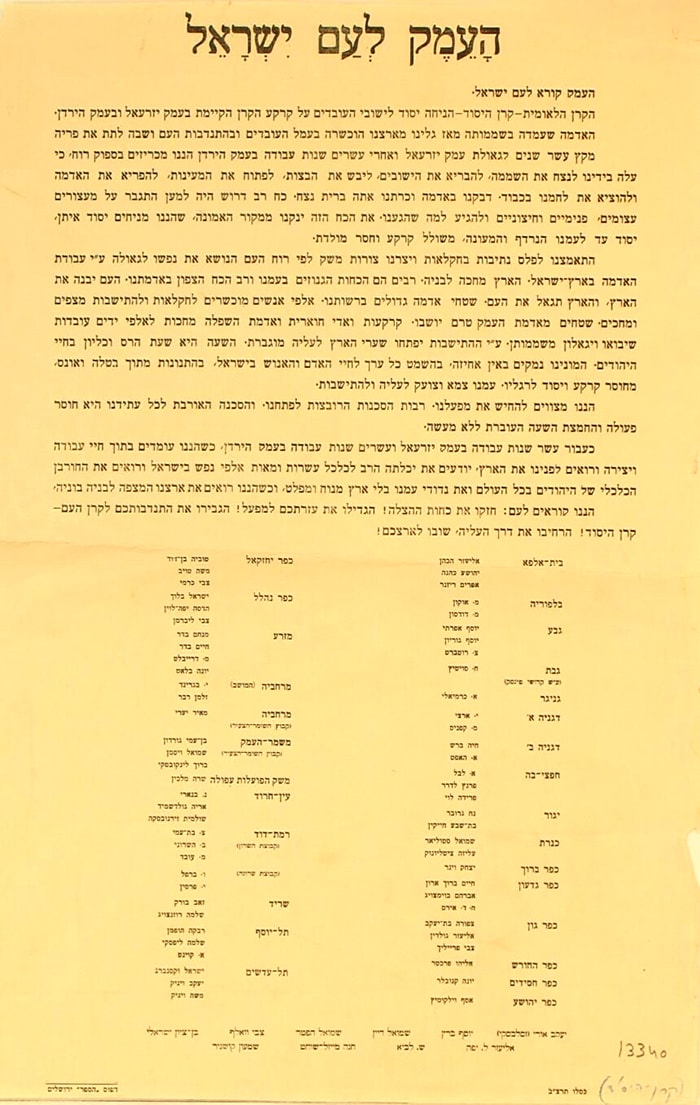
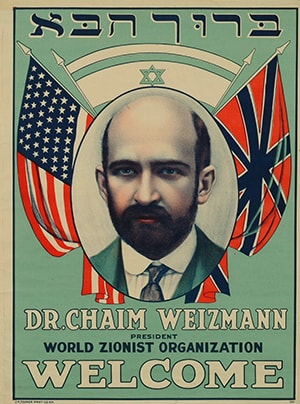
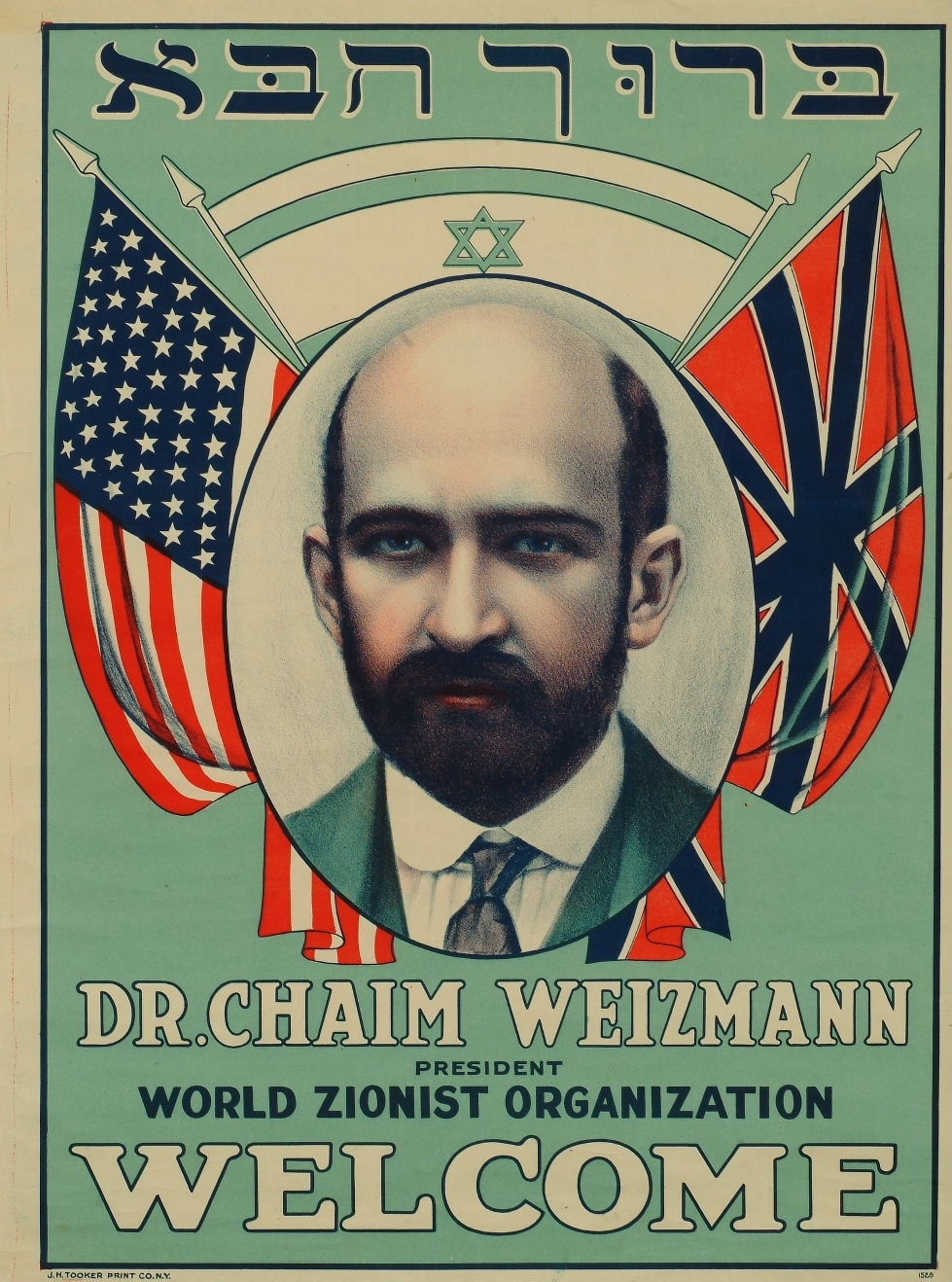 1921. There was strong opposition to the activities of Keren Hayesod in the US. The leaders of the Zionist organizations, headed by Supreme Court Justice Louis D. Brandeis, wanted full control over donations within the United States and strongly objected to handing them over to Keren Hayesod. Chaim Weizmann decided to embark on a mission to the United States in an effort to change this stance. His objective was to launch the Keren Hayesod Appeal in the US. On April 2, 1921, a delegation of Keren Hayesod and other Zionist leaders headed by Weizmann arrived at the Port of New York. Thousands of cheering Jews from throughout the US awaited them. Most of them had come from afar, and walked for hours to be present for the occasion. On April 17, 1921, Weizmann published an announcement, “To the Jews of America”, proclaiming the launch of an appeal, despite the opposition of the heads of the local organizations. For three months, Weizmann and his entourage went on an unprecedented fundraising tour. He traveled tirelessly from city to city, gave speeches, explained and raised funds. He asked the American public to follow in his footsteps and called upon the Jews to support the work in Eretz Israel. He vehemently urged them not to accept the capitalist approach of Brandeis, which encouraged private initiatives. Support for Weizmann grew with each passing day. The donations increased. On June 5, 1921, a fateful conference took place in Cleveland. There, to everyone’s surprise, Keren Hayesod won a decisive victory and its proposals were accepted by a majority of more than two thirds. Keren Hayesod America began operating at full steam and succeeded in raising $600,000 within two and a half months. By the middle of 1922, this amount had reached over $3 million. Later, however, it was decided to split fundraising in the Jewish world between the American UJA, which raised funds in the United States, and Keren Hayesod, which operated in the rest of the world.
1921. There was strong opposition to the activities of Keren Hayesod in the US. The leaders of the Zionist organizations, headed by Supreme Court Justice Louis D. Brandeis, wanted full control over donations within the United States and strongly objected to handing them over to Keren Hayesod. Chaim Weizmann decided to embark on a mission to the United States in an effort to change this stance. His objective was to launch the Keren Hayesod Appeal in the US. On April 2, 1921, a delegation of Keren Hayesod and other Zionist leaders headed by Weizmann arrived at the Port of New York. Thousands of cheering Jews from throughout the US awaited them. Most of them had come from afar, and walked for hours to be present for the occasion. On April 17, 1921, Weizmann published an announcement, “To the Jews of America”, proclaiming the launch of an appeal, despite the opposition of the heads of the local organizations. For three months, Weizmann and his entourage went on an unprecedented fundraising tour. He traveled tirelessly from city to city, gave speeches, explained and raised funds. He asked the American public to follow in his footsteps and called upon the Jews to support the work in Eretz Israel. He vehemently urged them not to accept the capitalist approach of Brandeis, which encouraged private initiatives. Support for Weizmann grew with each passing day. The donations increased. On June 5, 1921, a fateful conference took place in Cleveland. There, to everyone’s surprise, Keren Hayesod won a decisive victory and its proposals were accepted by a majority of more than two thirds. Keren Hayesod America began operating at full steam and succeeded in raising $600,000 within two and a half months. By the middle of 1922, this amount had reached over $3 million. Later, however, it was decided to split fundraising in the Jewish world between the American UJA, which raised funds in the United States, and Keren Hayesod, which operated in the rest of the world.